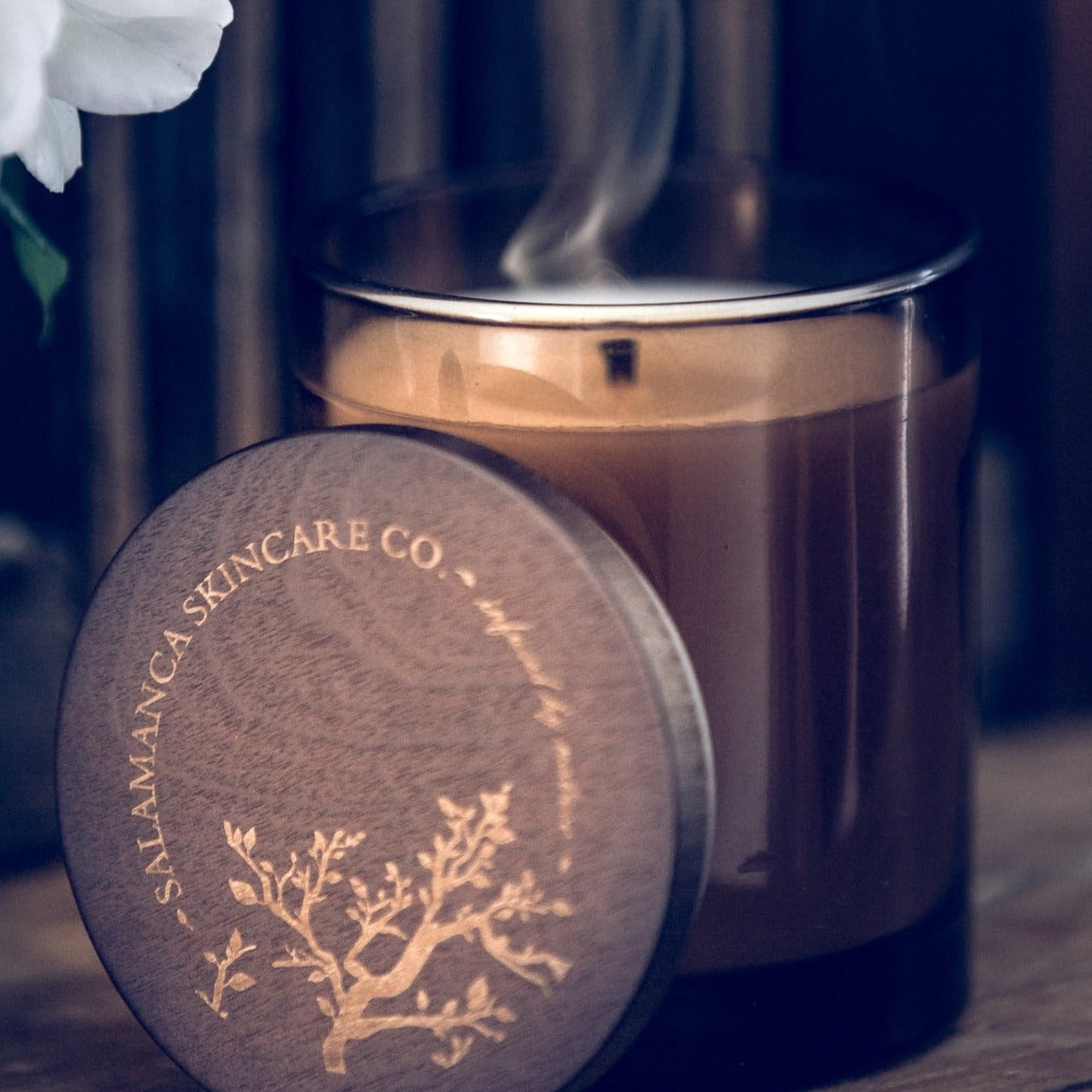From Wick to Wax: Understanding the Chemistry Behind Soy Wax Candles and Their Ecological Impact
As we illuminate our rooms with the warm glow of candle lights, there exists a world of detailed chemistry behind the seemingly straightforward act of lighting a soy wax candle light. The selection between soy and paraffin wax prolongs beyond mere aesthetics, delving into the world of environmental effect and the really make-up of the products. Understanding the molecular structure of soy wax and its burning procedure clarifies the discharges launched right into our environments. Join us as we decipher the clinical intricacies behind soy wax candles and explore their implications on our setting.
Soy Wax Vs. Paraffin Wax
When contrasting soy wax and paraffin wax for candle making, it is important to understand the unique qualities and benefits of each material. Soy wax is a natural, sustainable source stemmed from soybean oil, making it green and eco-friendly - soy wax candles. On the other hand, paraffin wax is a byproduct of petroleum refining, which raises issues regarding its environmental effect and sustainability
Soy wax candles shed cleaner and send out much less residue contrasted to paraffin wax candles, making them a much healthier choice for interior air top quality. In addition, soy wax has a lower melting point, permitting a longer-lasting candle light that spreads fragrance better. Paraffin wax, on the other hand, tends to shed faster and less easily, possibly launching unsafe chemicals into the air.
From a sustainability viewpoint, soy wax is favored for its biodegradability and sustainable sourcing, straightening with the growing customer preference for environmentally aware products. While paraffin wax has actually been a conventional selection in candle making due to its affordability and convenience of usage, the shift towards green options like soy wax is getting momentum in the market.
Chemical Composition of Soy Wax

Combustion Refine in Soy Candles
The chemical make-up of soy wax straight affects the blog here combustion process in soy candles, affecting factors such as melt time, aroma release, and ecological impact. When a soy candle light is lit, the warm from the flame melts the wax near the wick. This fluid wax is after that formulated the wick because of capillary action. As the liquid wax reaches the flame, it goes through and vaporizes combustion. The combustion procedure involves the vaporized hydrocarbons in the wax responding with oxygen in the air to produce warmth, light, water vapor, and carbon dioxide.
The burning performance of soy candle lights is influenced by the pureness of the soy wax and the high quality of the wick. A clean-burning soy candle with an appropriately sized wick will generate a consistent fire and lessen residue development. This not just extends the shed time of the candle however likewise boosts the launch of fragrances. Additionally, soy wax candles have a lower environmental influence contrasted to paraffin candle lights because of their eco-friendly and eco-friendly nature.

Ecological Benefits of Soy Wax

Taken into consideration a sustainable choice to typical paraffin wax, soy wax uses noteworthy ecological benefits that make it a preferred selection amongst eco-conscious consumers. Soy wax burns cleaner and produces much less residue than paraffin wax, contributing to better interior air quality and reducing the need for cleansing and maintenance. Overall, the ecological advantages of soy wax align with the expanding demand for lasting and eco-friendly items in the market.
Recycling and Disposal Considerations
Reusing and appropriate disposal of soy wax candles play a vital role in preserving ecological sustainability and reducing waste in households and communities. When it comes to reusing soy wax candle lights, the initial action is to guarantee that the candle has shed totally.

In regards to disposal, if recycling is not an alternative, soy wax candle lights are biodegradable and can be securely disposed of in most house waste systems. It is constantly suggested to check with regional reusing centers or waste management solutions for certain standards on candle light disposal to make sure proper handling and ecological protection.
Conclusion
In verdict, the chemistry behind soy wax candles discloses their environmental advantages over paraffin wax candles. Soy wax, acquired from soybean oil, burns cleaner and produces less soot when contrasted to paraffin wax.
When comparing soy wax and paraffin wax for candle light making, it is essential to comprehend the distinctive qualities and benefits of each product (home fragrance).Soy wax candle lights burn cleaner and produce less residue contrasted to paraffin wax candle lights, making them a much healthier choice for interior air quality.Considered a directory sustainable alternative to conventional paraffin wax, soy wax supplies remarkable ecological benefits that make it a preferred choice amongst eco-conscious customers. Soy wax burns cleaner and generates much less soot than paraffin wax, contributing to much better interior air quality and reducing the need for cleaning and maintenance.In conclusion, the chemistry behind soy wax candles reveals their environmental advantages over paraffin wax candles